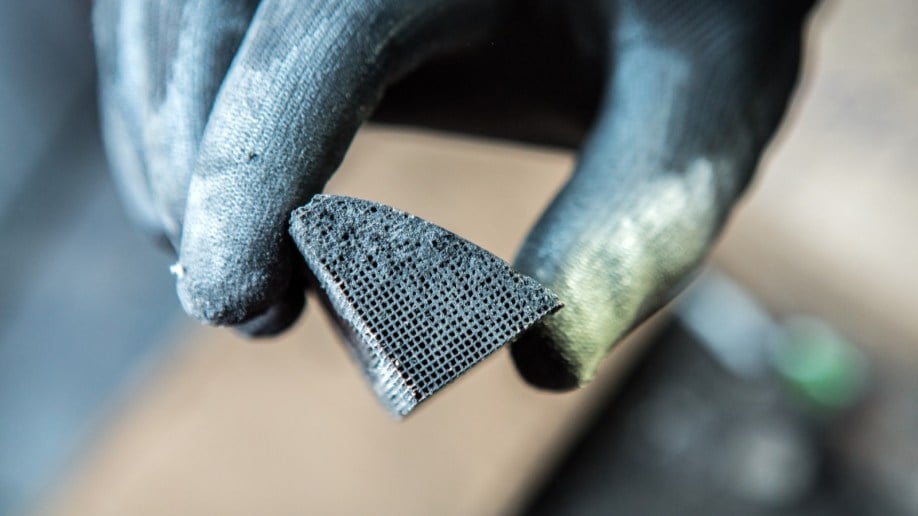
The National Insurance Crime Bureau (NICB) has been reporting a nationwide surge in catalytic converter thefts since 2020. The NICB is a research group funded by the nation’s auto insurers and uses theft claims reported to insurance companies to fuel its data.
Related: Catalytic Converter Theft – Tips for Keeping Your Car Safe
According to the NICB, 1,298 Americans told their insurance company that their car’s catalytic converter had been stolen in 2018. By 2020, catalytic converter theft was up to 14,433. In just the first six months of 2021, it jumped to 25,969.
But that may be an undercount. According to Carfax, many Americans don’t report converter theft to their insurer. New data, Carfax says, show “as many as 153,000” cats stolen in the U.S. in 2022.
Carfax got its numbers by looking at “all catalytic converter replacements across the U.S., not just those that were part of an insurance claim,” then trying to filter out those replaced because of age, defects, or recalls.
Catawhat, Now?
Every car with an internal combustion engine has a catalytic converter. It’s part of the exhaust system, typically sitting in front of the muffler toward the middle of the car. Bigger engines get bigger converters. A catalytic converter for a typical 4-cylinder engine is a little bigger than a loaf of bread. A converter for a V8 can be twice as big.
Inside its shell is a sort of chemical filter. The filter keeps harmful pollutants from entering the atmosphere by passing hot exhaust gases through a honeycomb of rare metals like palladium and rhodium. Chemical reactions convert some of the harmful gases into harmless ones.
A catalytic converter lasts about 10 years, depending on how much you drive your car. Because they are mounted on the bottom of cars and easily found on the exhaust system, they are relatively simple to access and steal.
Many drivers of gas-powered cars in the U.S. must go through emissions inspections, and without a catalytic converter, it will not pass.
Why Are These Things Getting Stolen?
The phrase “rare metals” is the key to this problem.
Palladium, a metal in most converters, sold for about $500 an ounce five years ago. This morning, it was trading at $1,437.50 an ounce. Rhodium, another metal probably found in your cat, sold for $640 an ounce five years ago. Today? $9,400 even.
How Do Thieves Get Them?
The motive, then, is obvious. The method? Thieves slide under a car and saw it out. With a battery-powered reciprocating saw, it can usually be done in under a minute.
The process is loud, so your garaged car or your truck parked in a crowded place is probably safe. And low-to-the-ground cars are safe from all but the slimmest thieves.
But a big catalytic converter high off the ground is a juicy target.
With that in mind…
The 10 Cars Targeted Most Often
Carfax says these 10 vehicles were the ones that had their converters stolen most often. For the most part, it’s a list of common cars. Rare cars don’t make the list because they’re rare.
But it also features many cars you’d probably target if you were out to grab some rhodium – trucks and SUVs with big engines and lots of ground clearance to get under comfortably.
A few smaller vehicles make the list. They’re probably here because they’re so common. In the case of the Toyota Prius, it makes a prime target because hybrid cars run their engines less, so they tend to have cleaner converters even after years of use.
| Rank | Model |
| 1 | Ford F-Series Truck |
| 2 | Honda Accord |
| 3 | Toyota Prius |
| 4 | Honda CR-V |
| 5 | Ford Explorer |
| 6 | Ford Econoline |
| 7 | Chevrolet Equinox |
| 8 | Chevrolet Silverado |
| 9 | Toyota Tacoma |
| 10 | Chevrolet Cruze |








